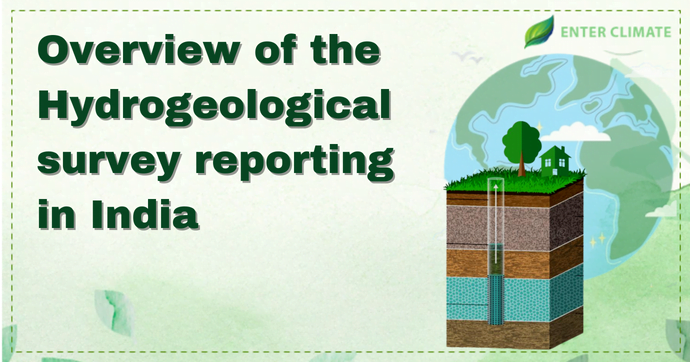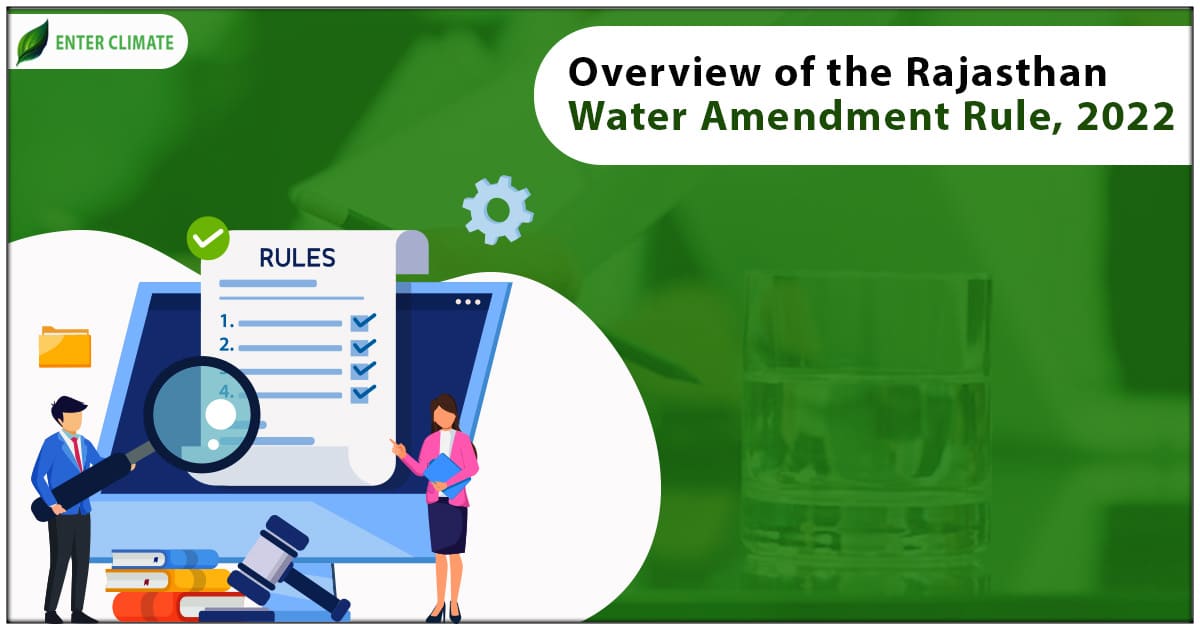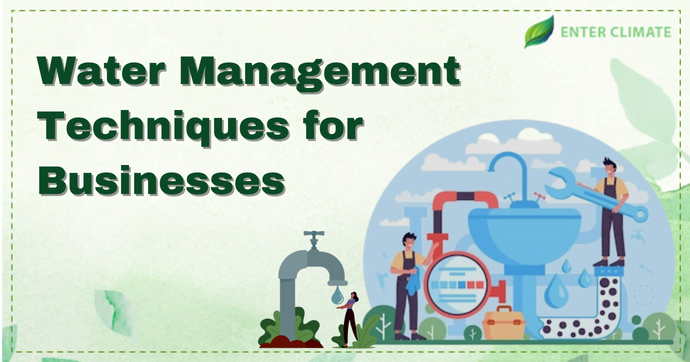Overview of the Hydrogeological survey reporting in India
 04 Feb, 2023
04 Feb, 2023 
To assess the risk of water quality impacts from the project to the groundwater resource, many projects require the submission of a Hydrogeological Survey Report for any mining project to the Central Ground Water Authority (CGWA) at the time of Environmental Clearance. As per newly Notified Guidelines of CGWA, all projects extracting/proposing to extract groundwater above 100 m3 /day in Over-exploited, Critical and Semi-critical areas and mining projects must submit an impact assessment report of existing/ proposed groundwater withdrawal on the groundwater regime and also the report on the socio-economic impacts prepared by accredited consultants. The gazette notification in this regard was released by the Ministry of Jal Shakti and published on 24th September 2020. As per this notification following conditions must be followed in the reporting.
1. All mining projects, irrespective of dewatering, must mandatorily submit comprehensive hydrogeological reports of core and buffer zones in a radius of 2 and 10 sq. km, respectively.
2. In case of dewatering more than 500 KLD, groundwater modelling in a 10km radius is mandatory
Who will require A Hydrogeological Survey Report
Depending on the project and its purpose, the hydrogeological survey can be conducted on a small, medium or large scale for the above types of mining. Hydrogeological survey reporting is also mandatory when implementing groundwater monitoring and contingency program in the area where the project is supposed to come up.
The primary purpose of this report is to assess the sensitivity of the baseline hydrological environment and the potential impacts of the proposed development upon it. It proposes mitigation measures to ensure that the potential adverse effects of the project development on the hydrological environment are slight or neutral.
Mining is the process of extracting valuable materials from the earth. Depending on the area, mining can be surface, underground, or high-wall mining. The mining sector uses large quantities of water. and generates large amount of wastewater. Therefore this report gives the ultimate pit limit as the approved mining plan depth, which will have no impact on the Ground Water. Some of the major mining projects that will be required to submit Hydrogeological Survey Reporting are
- Coal Mining
- Bauxite Mining
- Lignite Mining
- Natural gas Mining
- Petroleum (crude) Mining
- Chromite Mining
- Copper Mining
- Gold Mining
- Lead Mining
- Manganese ore Mining
- Zinc Mining
- Limestone Mining
- Phosphorite Mining
- Magnesite Mining
- Diamond mining
Process of Hydrogeological survey report Preparation
Before applying for pollution NOC, the project proponent must submit a Hydrogeological investigation and an Environmental Impact Assessment (EIA)[1] Report to CPCB based on the data of the Hydrogeological Survey released by the Board. These reports need to be prepared with professionals who have different skill sets. Accordingly, two types of functional areas, namely General Hydrogeology and Mining, have been decided. Such reports are designed to provide crucial data in case the project is located in a sensitive groundwater area. Apart from the abovementioned aspects, a Hydrogeological survey must also consider the following.
The report must be in conformity with the procedure outlined by the Central Ground Water Board (CGWB), such as standards assessment of water quality, potential infringement of national standards, evaluation of the availability of groundwater and Impact of the proposed activity on the aquifer, water quality and other abstractors.
To obtain, study and synthesize background information, including the hydrogeology and existing borehole data, to improve the quality of assessment and identify issues that might impact the Ground Water Scenario due to proposed activities such as industrial setup, power projects, mining activities etc.
To carry out hydrogeological evaluation and geophysical investigations in the selected sites to determine the potential for groundwater at the project site. The hydrogeological survey report must include the following information:
- Introduction.
- Site Overview.
- Methodology and results.
- Conceptual hydrogeological model.
- Groundwater contamination assessment
Importance of Hydrogeological Survey
A conceptual hydrogeological model (CHM) that represents the hydrogeological setting, movement of groundwater and contaminants, the interactions between groundwater and surface and identification of potential receptors (groundwater users or environments where groundwater discharges) is required. A detailed survey must be able to answer the following issues.
- What are the groundwater flow directions, paths, and flow rates in the aquifer(s) and aquitard(s)?
- What are the regional and local groundwater flow systems relevant to the site and recharge and discharge areas?
- What and where are the interactions between groundwater and the surface?
- To what extent are different aquifers interconnected, and what is the role of low hydraulic conductivity zones?
Requirements for Hydrogeological survey Report Preparation
The main contribution here is that all the hydrogeological parameters are to be estimated initially. These parameters include hydraulic conductivity (K), specific yield (SS), groundwater recharge (RCH) and inelastic storage coefficients ( Skv ). The CGWB demands a comprehensive Hydrogeological Report from the project to obtain NOC for Groundwater abstraction from Central Ground Water Authority (CGWA). Such projects are designed to provide crucial data in case the project is located in a sensitive groundwater area, such as
- Figures and data interpretation and analysis google satellite image showing open well, existing bore wells and ves locations
- Elevation Survey
- Methods and reports for laboratory testing
- Conclusions and recommendations.
- References and appendices.
- What is the ‘background’ groundwater quality?
- How and where did contaminants enter the ground and the aquifer system and
- What is the extent of the contaminated groundwater, and how is this defined?
Conclusion
Geology and mining are evolving fields crucial to the country’s economic development. These activities are necessary for many other industries to come up to a standstill. However, excessive groundwater exploitation in many areas located in fragile zones has caused severe land subsidence, some of which India is currently witnessing. The primary purpose of the Hydrogeological survey report is, therefore, to determine the hydrogeological parameters of the aquifer system so that development activity can be conducted regulated in a scientific and sustainable manner.













